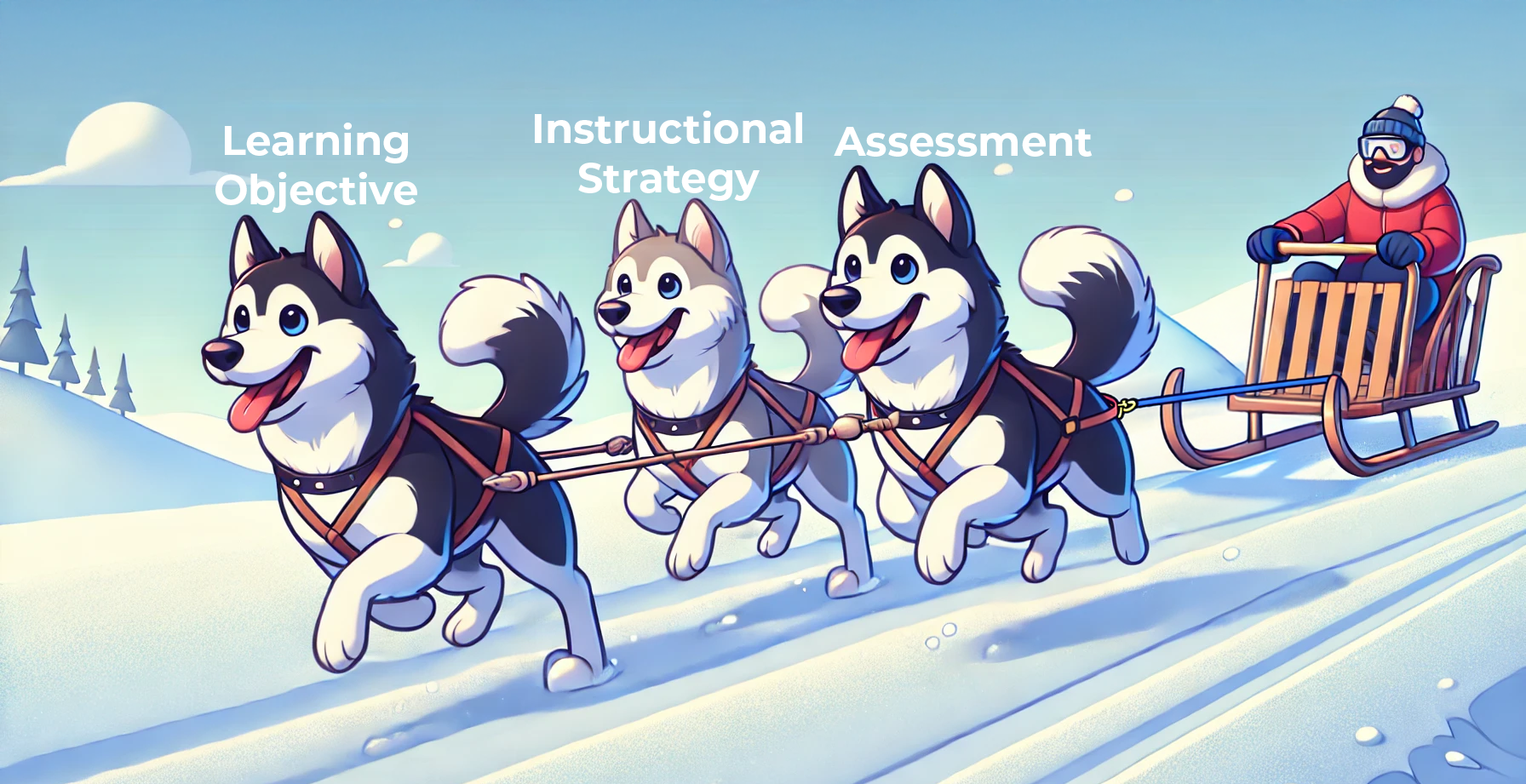Backwards Design

Backward design (Whetten, 2007) is all about making sure that learning objectives, instructional strategies, and assessments are all pulling in the same direction to create a meaningful learning experience. Biggs (2012) introduced this idea, emphasizing that students learn best when everything in a course, from what’s taught to how it’s assessed, is connected and aimed at clear outcomes. Ramsden (2003) adds that designing for a deep learning approach leads to much better outcomes, compared to surface learning that just scratches the surface with rote memorization. Responsive teaching (Baxter Magolda, 1992) also plays a role by encouraging engagement through personal interactions, discussions, and hands-on activities, creating an environment where students feel involved and motivated to learn.
Relevance
In my computer science courses, I use backwards design by designing projects and assessments that reflect real-world scenarios—like evaluating the efficiency of algorithms. For example, we do hands-on coding labs and group discussions that help students tackle practical problems. This approach makes sure that what students are learning in class isn’t just theory, but something they can apply, pushing them beyond rote memorization and into deeper engagement with the material.
Challenges
One big challenge with backwards design is finding the time to work in meaningful activities without cutting into essential content. Balancing active learning and time constraints can be tricky, especially when there’s a lot of material to cover. Encouraging students to dive deep into what they’re learning is worth the effort, even if it means rethinking how class time is used.